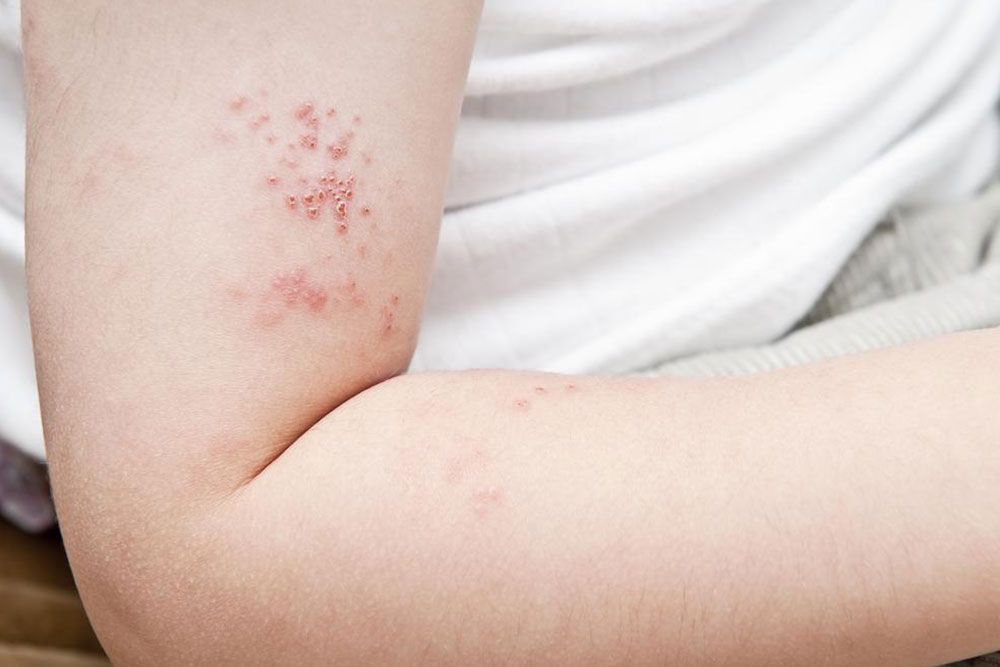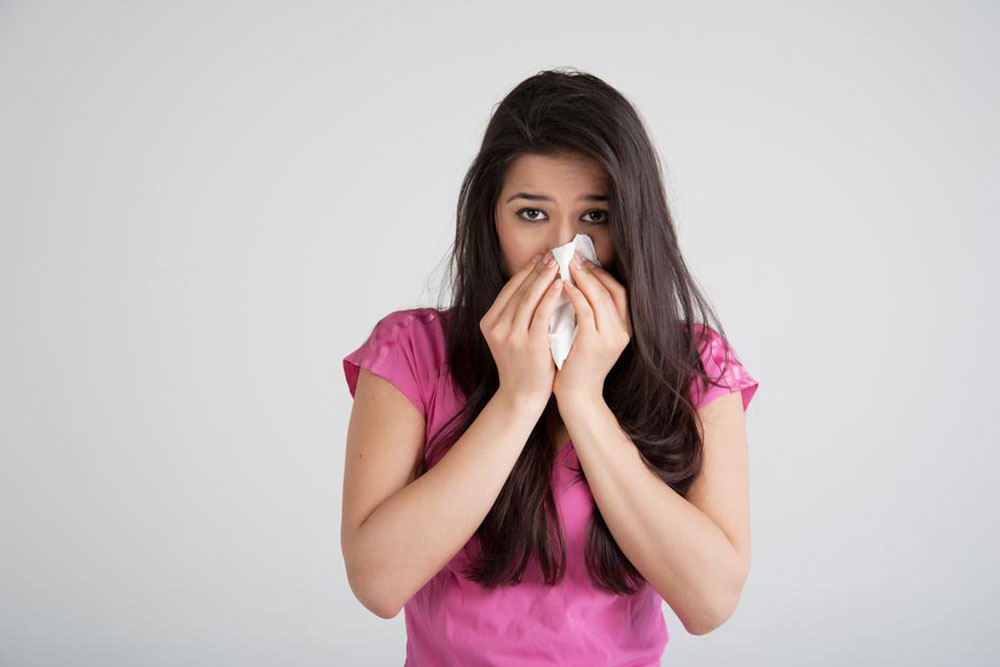Top Strategies to Guard Against Shingles Outbreaks
Learn effective strategies to prevent shingles outbreaks and minimize transmission risks. This guide covers symptom management, contagion periods, hygiene practices, and precautions for vulnerable groups, emphasizing the importance of preventive measures in healthcare.

Top Strategies to Guard Against Shingles Outbreaks
Shingles, caused by the varicella-zoster virus, manifests as painful clusters of blisters and rashes following a chickenpox infection. This contagious condition spreads primarily through direct contact with the blisters' fluid. Being mindful with shingles management can help prevent its spread.
Infectious Characteristics
Shingles transmits through contact with blister fluid, not via saliva or nasal secretions. Before treatment, individuals often experience skin itching and numbness on one side of their body. Proper precautions are essential to avoid transmitting the virus.
Contagion Periods
Within 3-4 days, blisters filled with fluid appear, often surrounded by redness. These scars can last for 5-6 days, during which the individual remains contagious. Direct contact with the rash exposes others to the virus, risking infection or chickenpox if not previously infected.
Preventive Measures
Limit exposure - Keep shingles blisters covered and sanitized to prevent virus spread.
Maintain hygiene - Regularly wash and disinfect hands to reduce contamination risk.
Strengthen immunity - People with compromised immune systems, such as those with HIV or undergoing chemotherapy, should take extra precautions.
Avoid pregnant women - The virus can pose serious health threats, like pneumonia, to pregnant women and their babies. Keep infected individuals isolated and seek medical advice promptly.
Shingles treatments help control symptoms but do not offer a complete cure. Following these precautions can significantly reduce your risk of infection.










